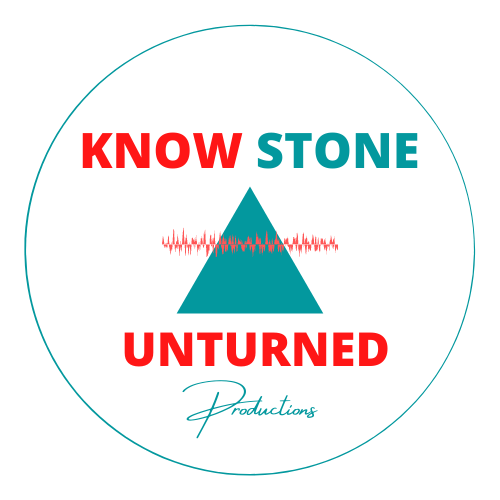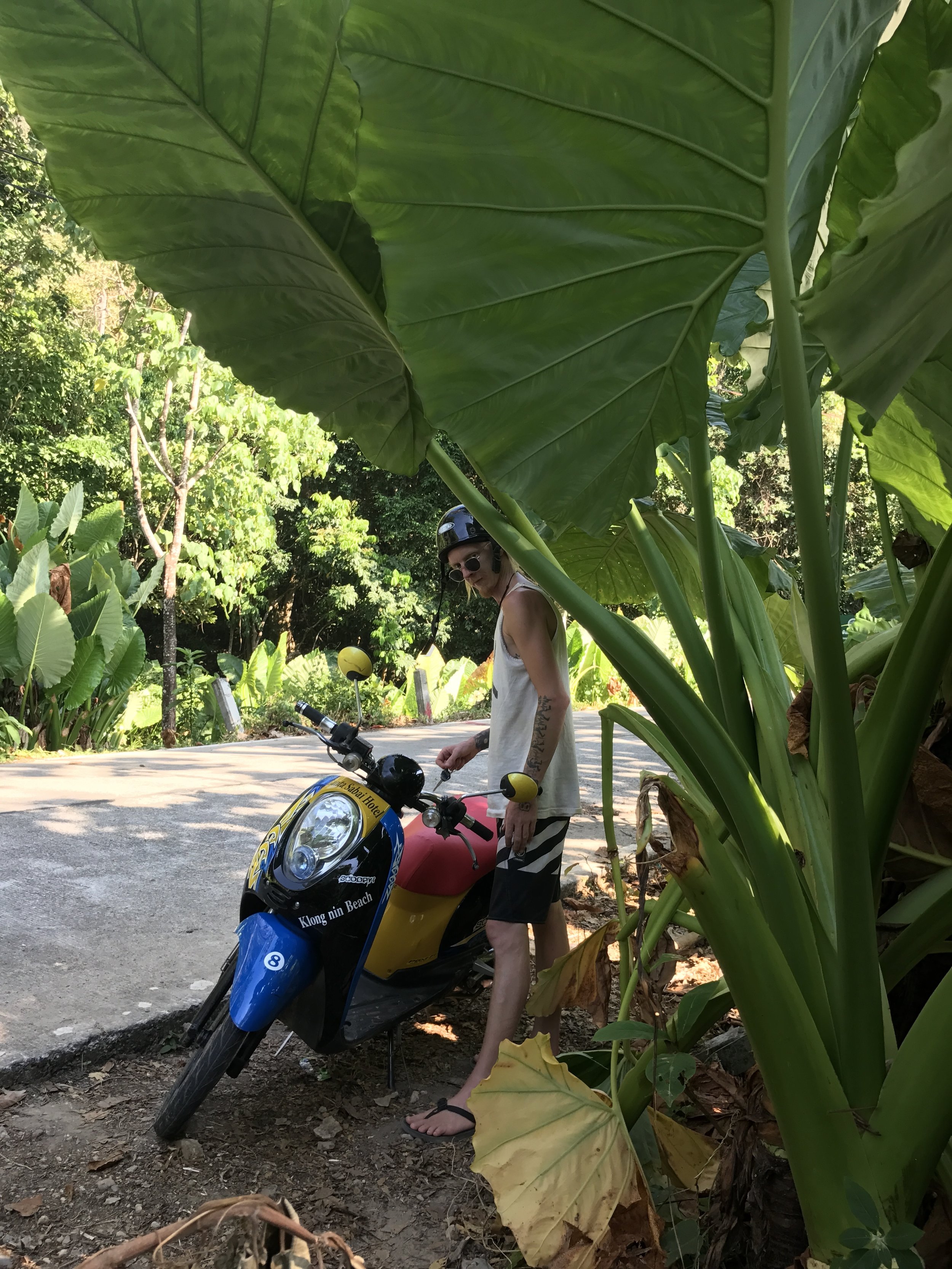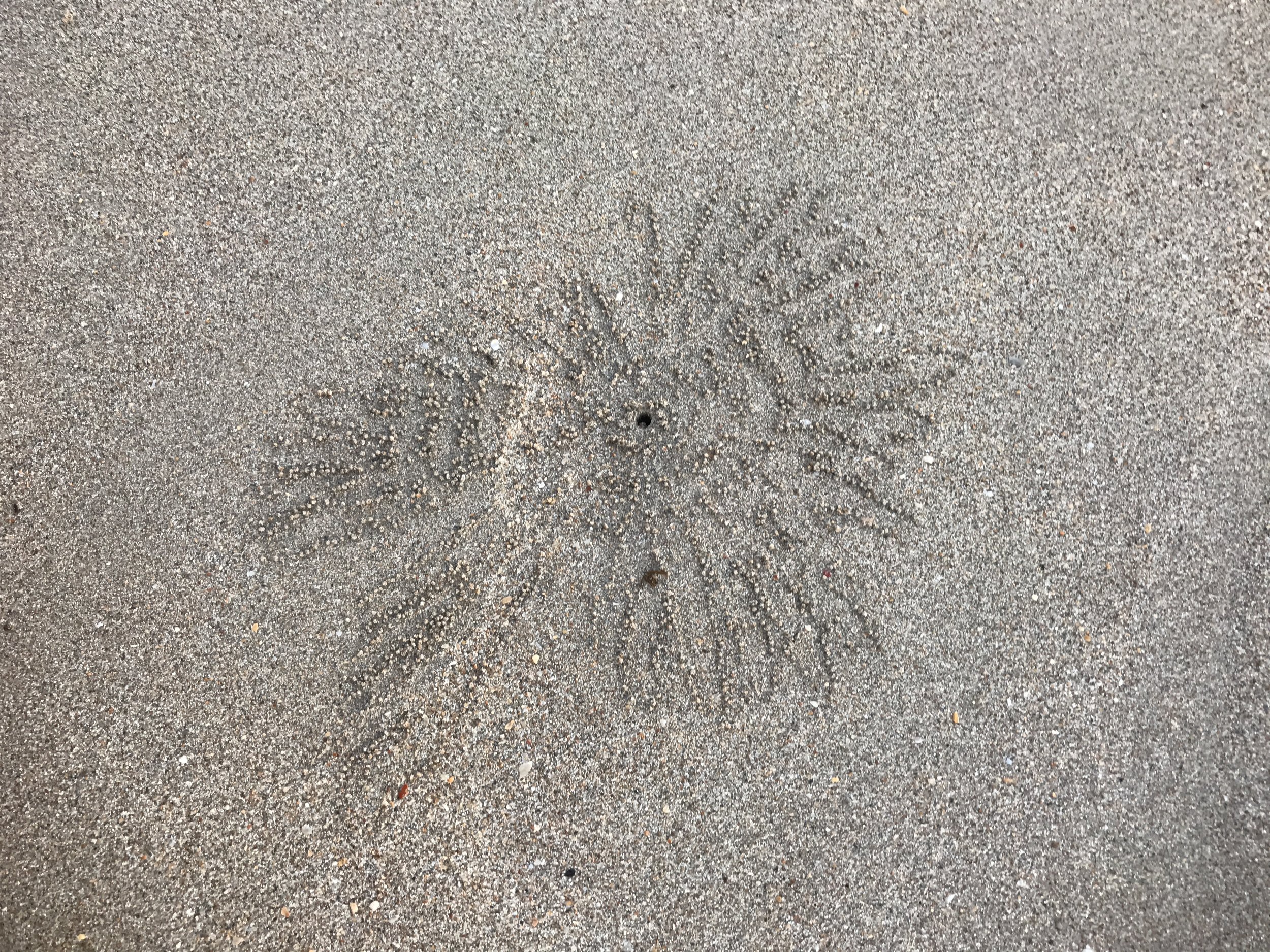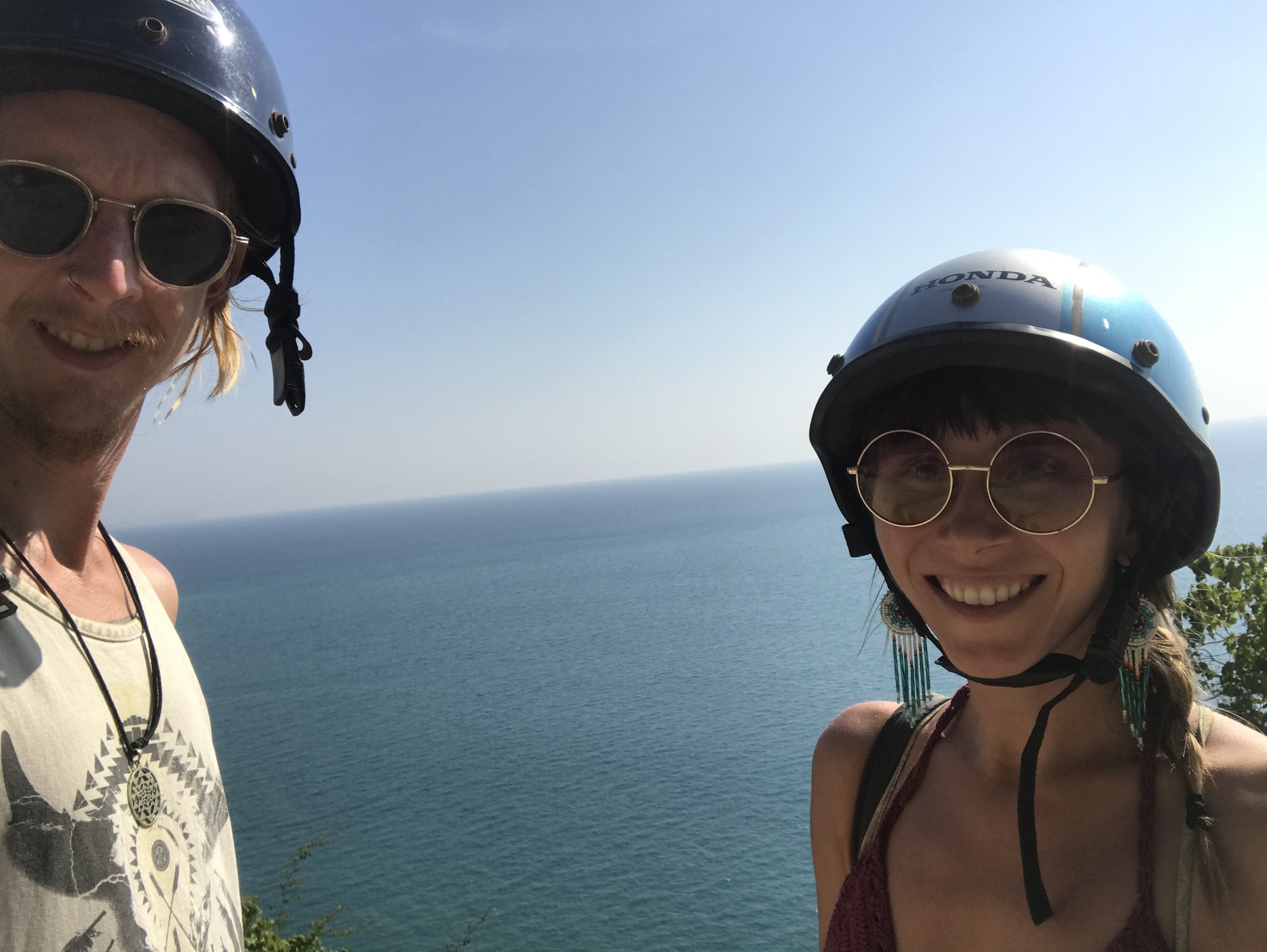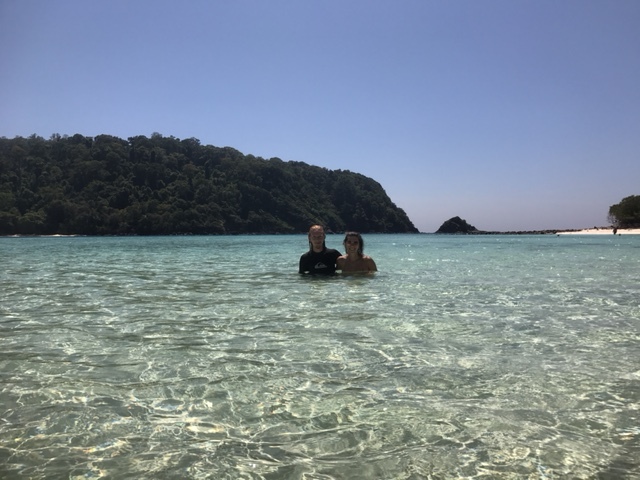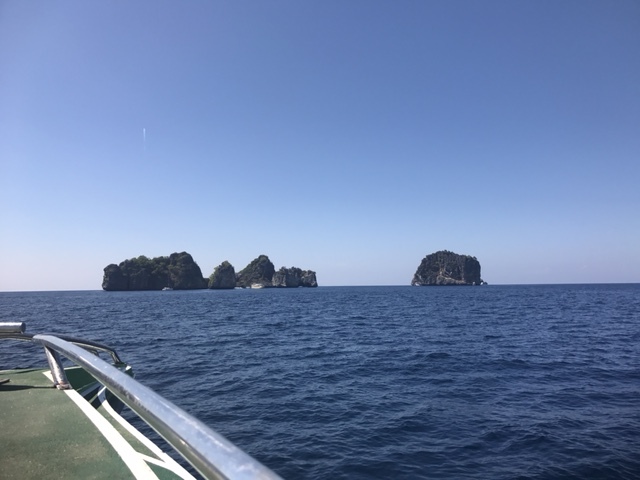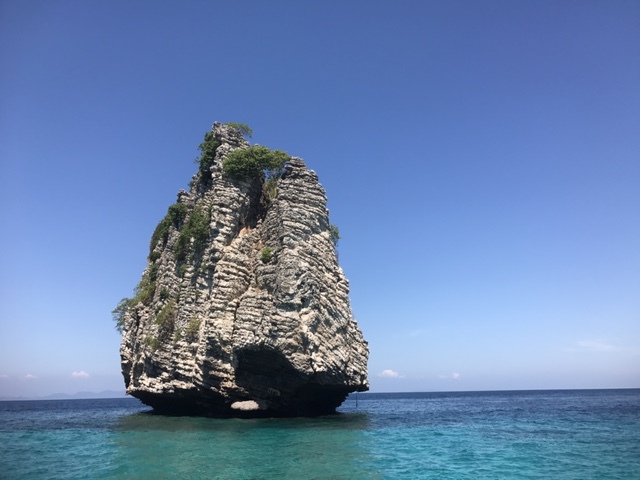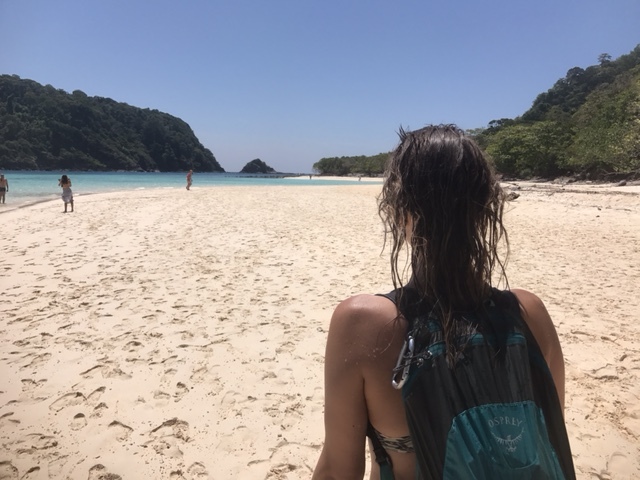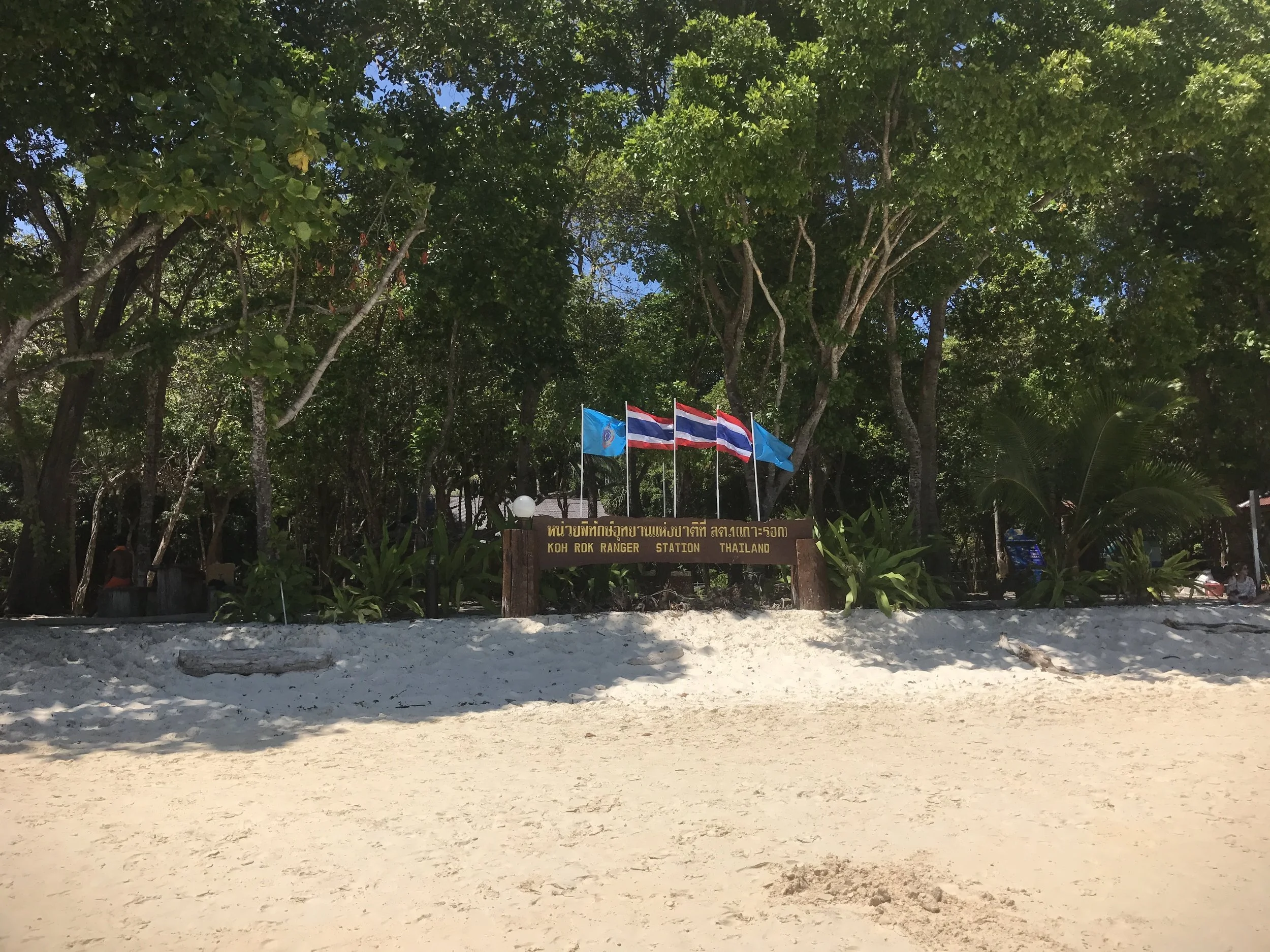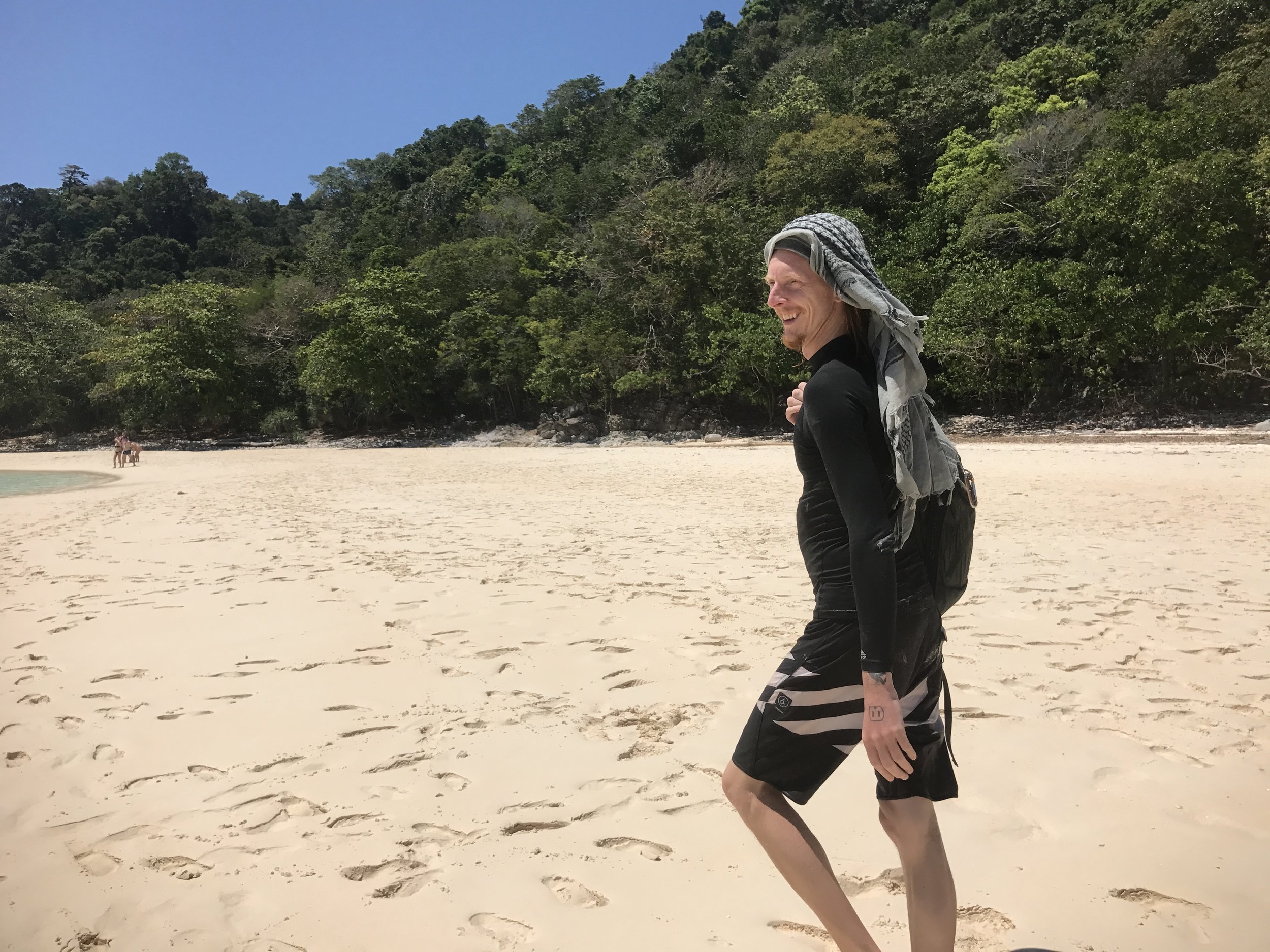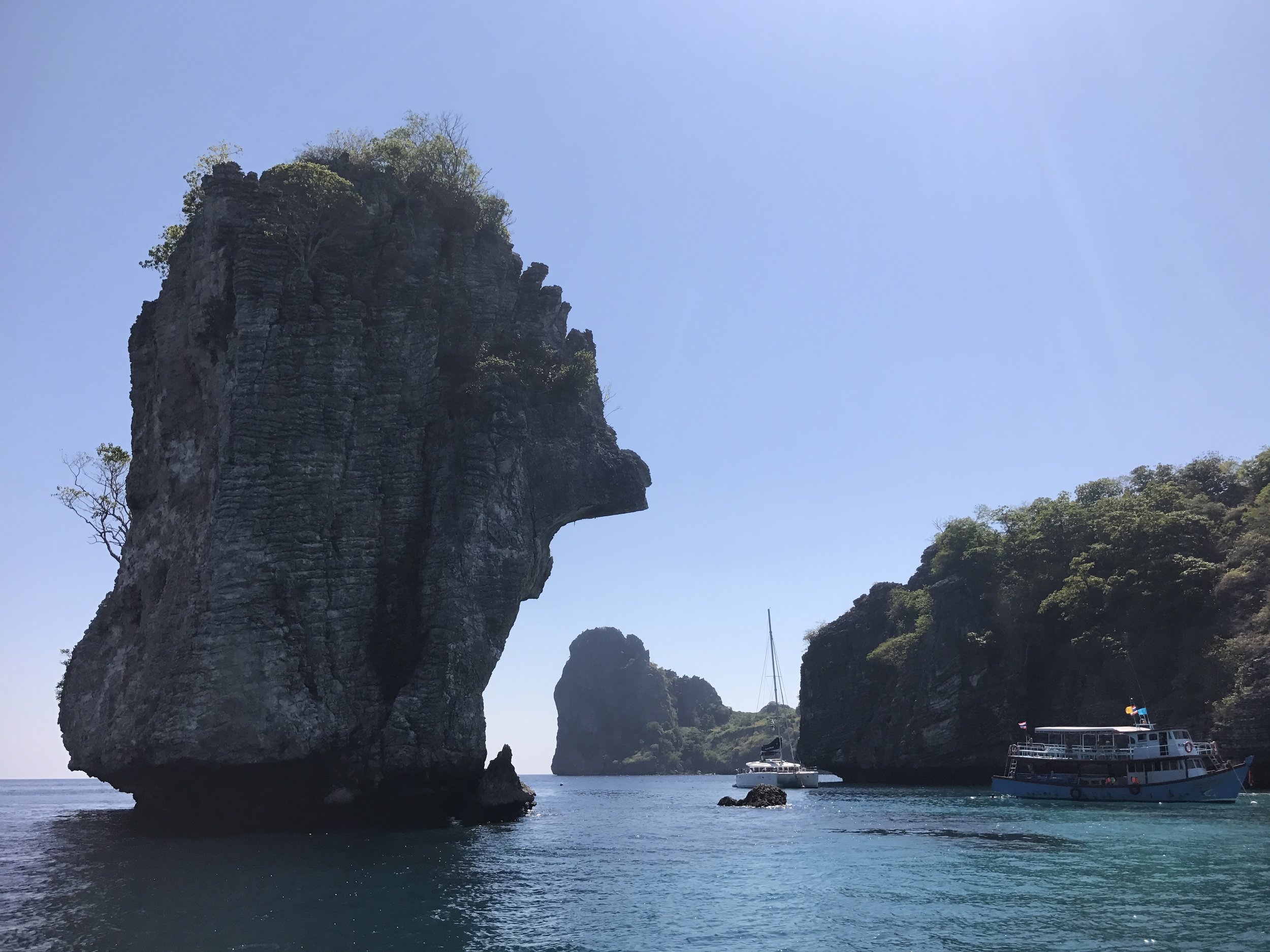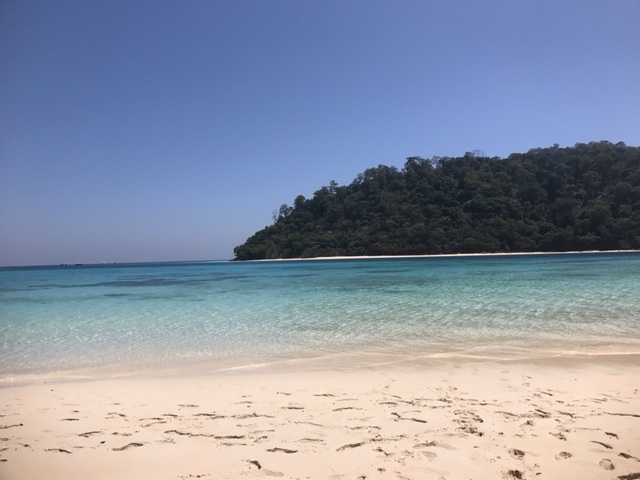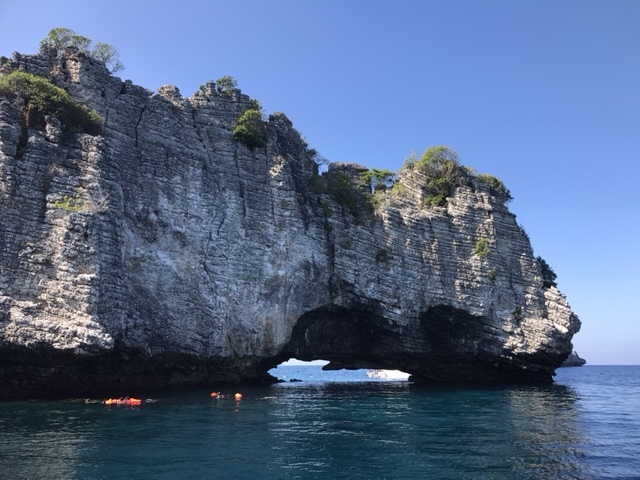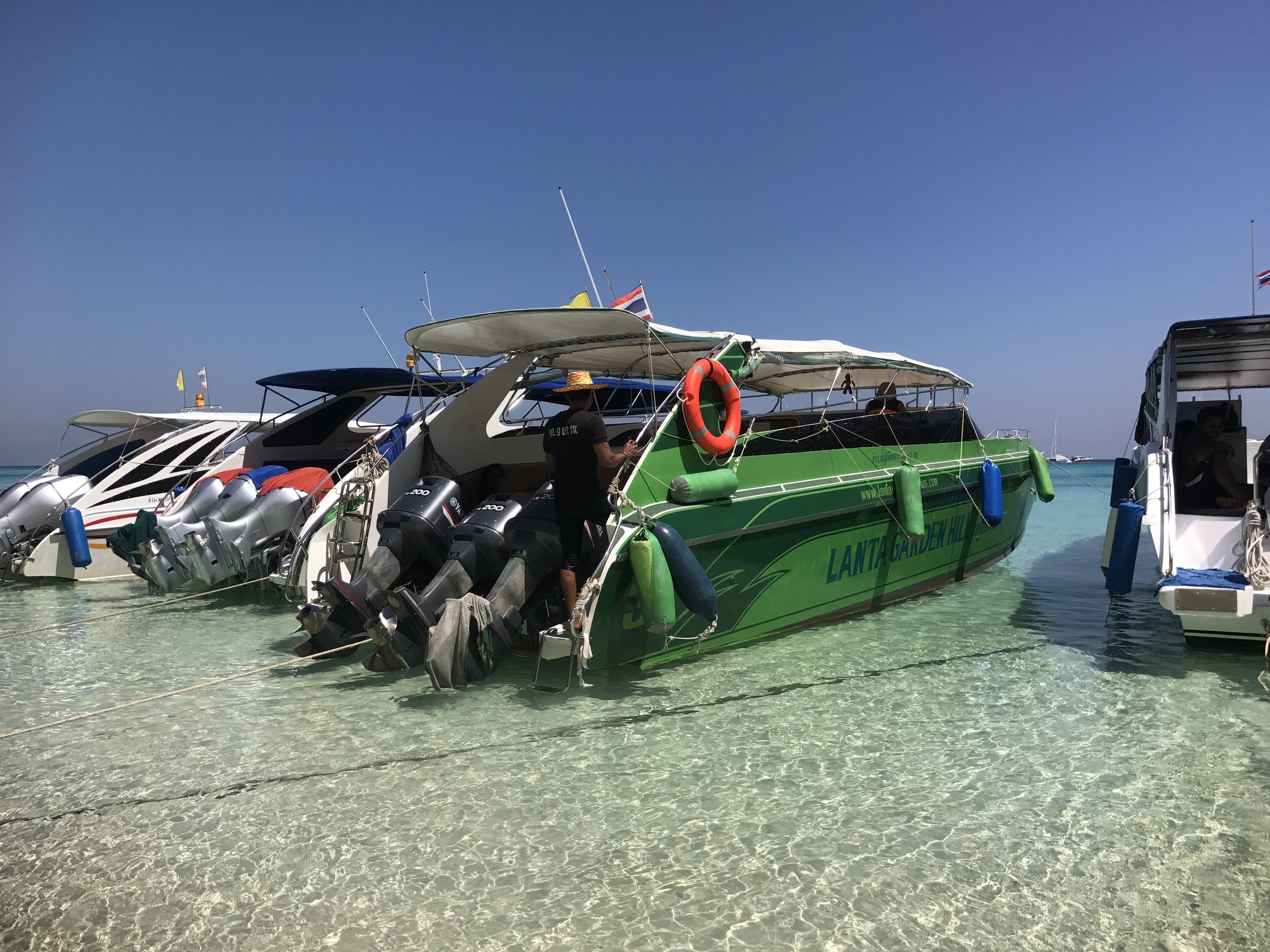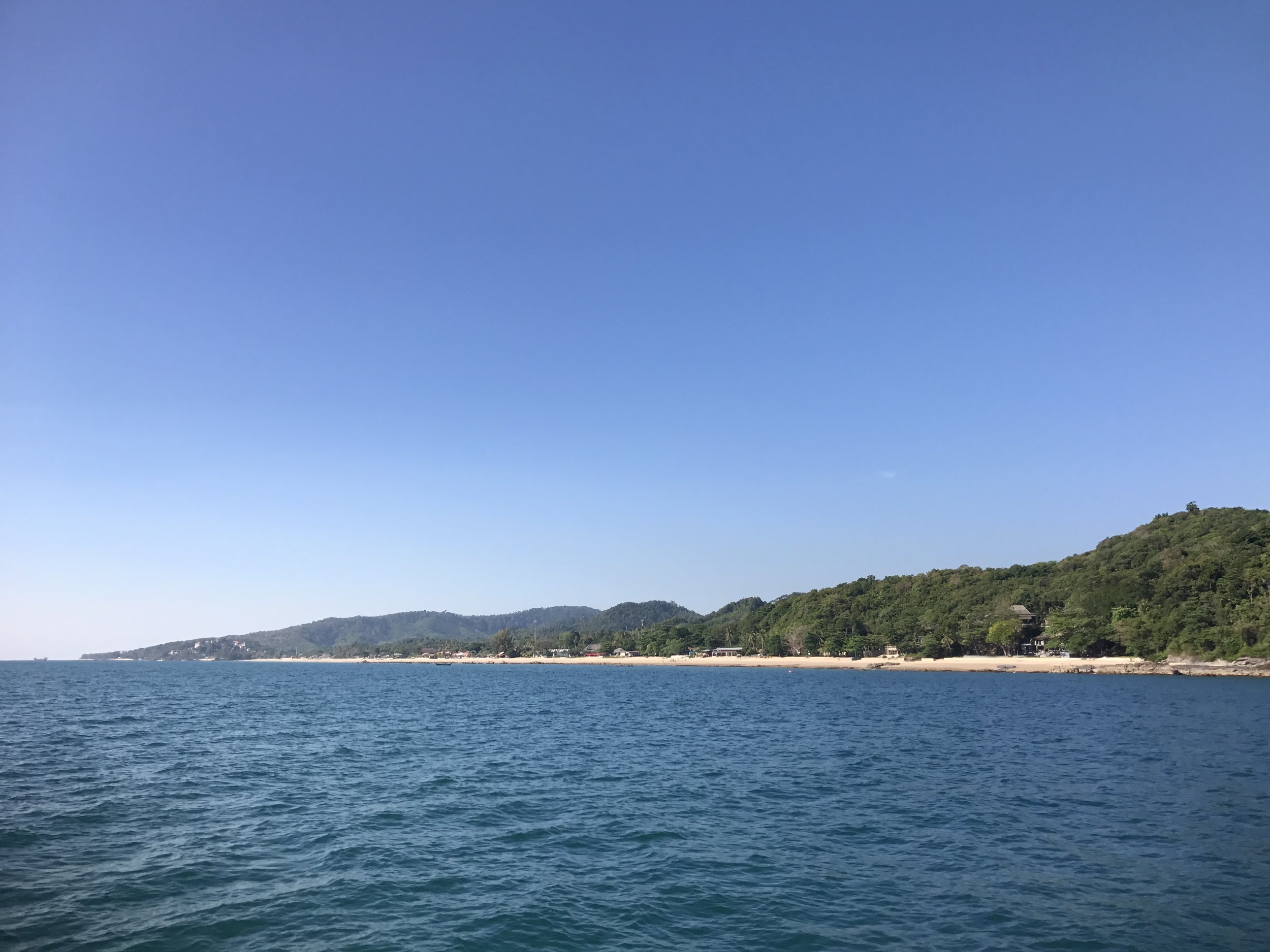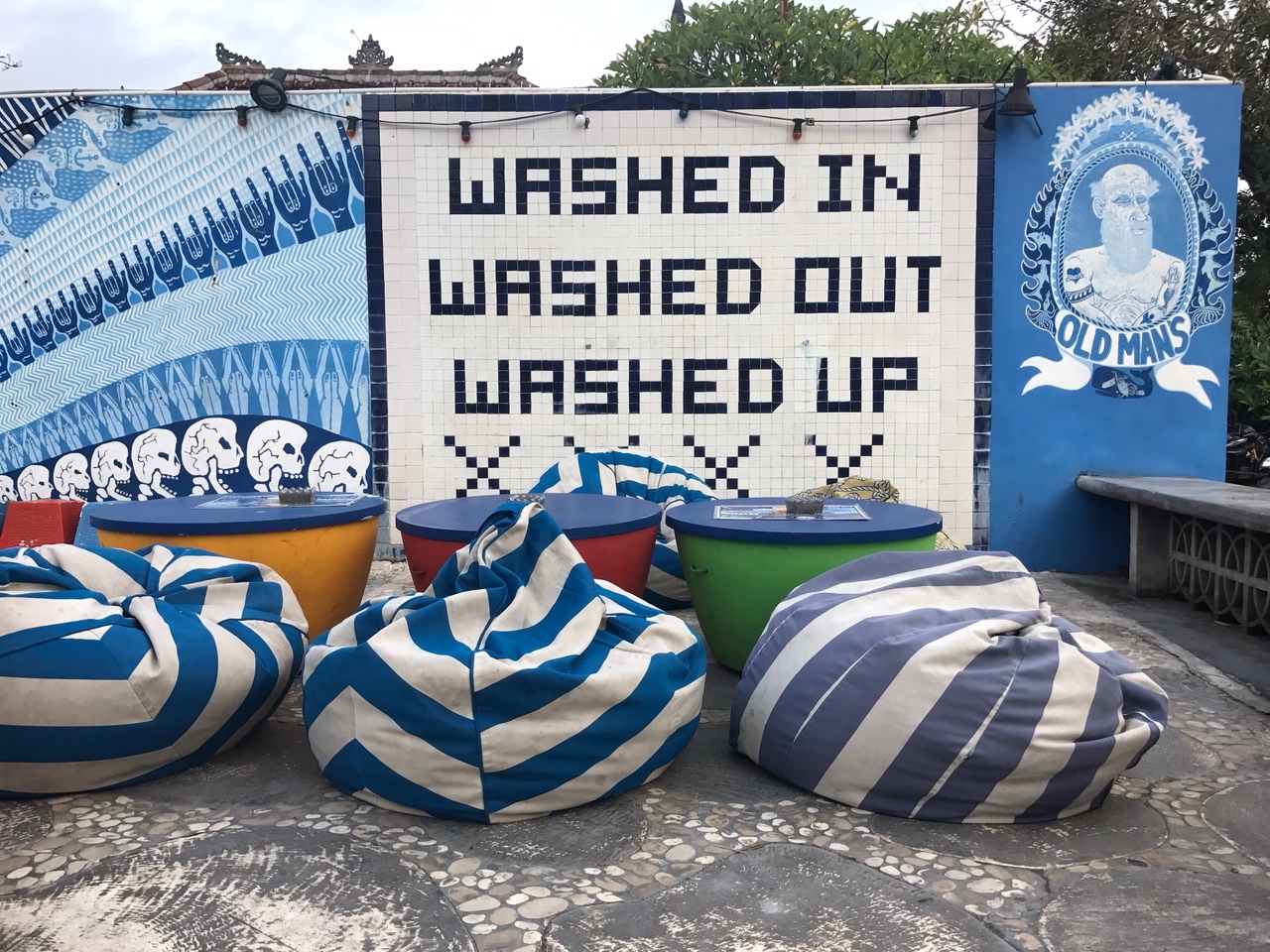Photo by Majestic Bar
Thailand’s coast conjures visions of calm, turquoise waters, white sand beaches lined with palm trees, and exotic islands offering beach bungalows, cheap drinks and delicious food. But which is right for you? This was the question we asked ourselves as we readied for a trip to the Thai islands. Though we had heard plenty about Phi Phi, Ko Pha Ngan, and Ko Samui, it wasn’t until we stumbled upon a glowing review of Ko Lanta that we felt we had found the island just for us.
Klong Nin Beach, Ko Lanta
WHY KO LANTA?
Ko Lanta is famed for its long, quiet beaches overlooking the tranquil waters of the Andaman Sea, its gorgeous sunsets, chill vibe, and refreshingly undeveloped shores. A short boat trip from Phi Phi, or a van ride from the mainland, Ko Lanta is popular with couples, families and expats looking for some distance from the party scene. While those who seek it can still find nightlife, Ko Lanta’s wild landscape is its real draw, and a beacon to those who value the healing power of nature.
GETTING THERE
Ko Lanta Yai, also known as Ko Lanta, is the larger of twin islands off the west coast of Krabi Province. Ko Lanta Noi, the smaller, less populated of the two, is closer to the mainland. These islands along with fifty others comprise Mu Ko Lanta National Park, offering exploration, boating, snorkeling and scuba diving adventures. Ko Lanta used to be quite difficult to reach, but a bridge completed in 2016 connecting Noi and Yai has improved accessibility.
We traveled by boat (on a backpackers budget) from Phuket, Thailand, and booked our trip through Phuket Ferry, paying a few extra dollars for a shared ride from our hotel to Rasada Pier (much cheaper than taking a taxi).
On the way.
Our 4-hour trip from 'Phuket to Lanta’ started by sailing directly into a storm. But by the time we approached Phi Phi where we were to change vessels, the sun had emerged to shine brightly onto the island’s mystical limestone cliffs and azure waters. As we approached Maya Bay, however, the rain returned forcing us to surrender as it soaked our luggage, and us, while changing boats. Despite the sudden downpour, we made our connection and for the rest of the journey enjoyed the scenery, watching the densely forested Ko Lanta Noi and Yai, each lined with a mix of pine and palm trees, come into view. We passed a long sand bar leading to the mainland, under the newly built bridge, and with our bags in tow, climbed to shore at the colorful Saladan Pier.
Saladan Pier.
While onboard, we had arranged a shared ride to our new digs, and after paying our entrance fee to the island ($2 each), shuffled into the back of a covered pick up truck with eight others, piling our luggage on the floor between us. At Klong Nin Beach (or MOO 5 on Google Maps), we exited the truck onto a dirt road and headed for our bungalow already knowing we had made the right choice.
LET THE FUN BEGIN
TRANQUIL WATERS
Much of our time on Ko Lanta was spent soaking up rays, swimming in the gentle sway of the Andaman Sea, and talking for hours while we played in the waves. We ran, did yoga, and took long walks on the beach exploring the coastline. It felt wonderful to just be. Listening to the rock of the waves was so relaxing, and at night we occasionally glimpsed glowing fish and plankton as they wove through dark waters.
Good to Know: At times we thought we were being stung in the water, but never saw any evidence of stinging sea creatures, nor did we emerge with any marks or adverse effects. After a hard rain, the sensation disappeared for the rest of our stay.
EXPLORE KO LANTA BY MOTORBIKE
We’d read ahead that another of Ko Lanta’s highlights is its fresh pavement. Despite being relatively undeveloped, motorists can enjoy easy cruising on straight, smooth roads that roll up and down the island’s hills, making it simple and fun to explore.
We rented a motorbike for just 200 Baht (about $6), and filled the tank to the brim for less than another $5. Then we were off to eat lunch at a precariously perched cliff side restaurant, discover hidden beaches, gorgeous views, and some of the island’s natives: monitor lizards and naughty macaques.
Koh Ha
WHERE WE STAYED
We fell in love with Ko Lanta, and ended up staying for twenty glorious days. The first half of our trip was spent at The Hut, a group of rustic bungalows directly across the street from Klong Nin Beach found on AirBnB for $15 a night. Run by a French and Thai couple, Pat and Louise were wonderful hosts who made good company and truly helped us when we were in need (like chasing down our bank card after it was eaten by an ATM at 711).
Our bungalow was cute and simple with an adorable porch adorned with a festive hammock. The interior was sparse – a bed, mosquito net, and bathroom – but you don't need much to be content on Ko Lanta. Though we did miss AC on hot nights, the room came complete with a ceiling fan. Some more plusses: the Internet was great and Louise’s home cooked Thai dishes were delicious. We often sat in the open-air restaurant working at bamboo tables sipping smoothies or iced coffees and petting Pong, the resident dog, and his cat friends before heading to the beach in the afternoon. (We worked while we traveled.)
Good to Know: A nearby mosque delivered calls to prayer on loudspeakers throughout the day beginning at dawn and even on the beach. It was strange at first to hear chanting coming from the palm trees, but easy to get used to. Helpful to know if you're a light sleeper!
The Hut Lanta.
After extending our stay at The Hut, we eventually caved to our desire for AC and moved down the street to Lanta Nature Beach Resort where we snagged the cheapest room they had for about $25 per night. The hotel had 50 rooms compared with The Hut's 10, certainly making it less personal, but our room was at the back of the property close to the jungle, which created a feeling of privacy, and our AC worked great. The hotel’s beach access, restaurant, small pool, and rooms spread across both sides of the main road created a nice ambiance. We loved eating breakfast overlooking the beach and dipping into the ocean between bouts of work at the hotel restaurant. An added bonus was booking a day of snorkeling directly through the hotel.
Lanta Nature Beach Resort
FOOD & DRINK
We spent most of our time on Klong Nin Beach, which offered a variety of restaurants, bars and shops. These were our favorites around the neighborhood:
Majestic Bar – With lawn chairs on the beach offering ocean views of gorgeous sunsets, Majestic Bar had tasty drinks and the longest happy hour of the restaurants we visited. The staff was very sweet and always welcomed us when we returned. The bar doesn't serve food, but partners with the restaurant next door, which delivers snacks and meals to your table while you dip your toes in the sand. Get there early for prime seating.
Rasta Baby – Overlooking the beach, Rasta Baby had happy hour specials at sunset, tasty margaritas, live reggae on Friday nights, and a cozy, cool atmosphere featuring pillows on the floor, tiny bamboo tables and buoys hanging from the ceiling. The bohemian shop in front offered beautiful handmade bags, crystal and shell-adorned necklaces, clothing and more.
Richey’s – Also on the beach, Richey’s had great Thai dishes that were some of the cheapest on the water. The atmosphere was warm and had more of a family vibe.
The Monkey Buziness Cafe – This cute café selling coffee, tea, ice cream, sweet treats and some savory dishes has outdoor café seating decorated with vintage coffee bags and a store inside selling locally made crafts. The Old School Iced Coffee was our favorite.
CONCLUSIONS
Ko Lanta was so much better than we could have ever imagined. It was the perfect island get away, and one of the most relaxing places we’ve been.
Have you visited to Ko Lanta? Tell us what you thought!
